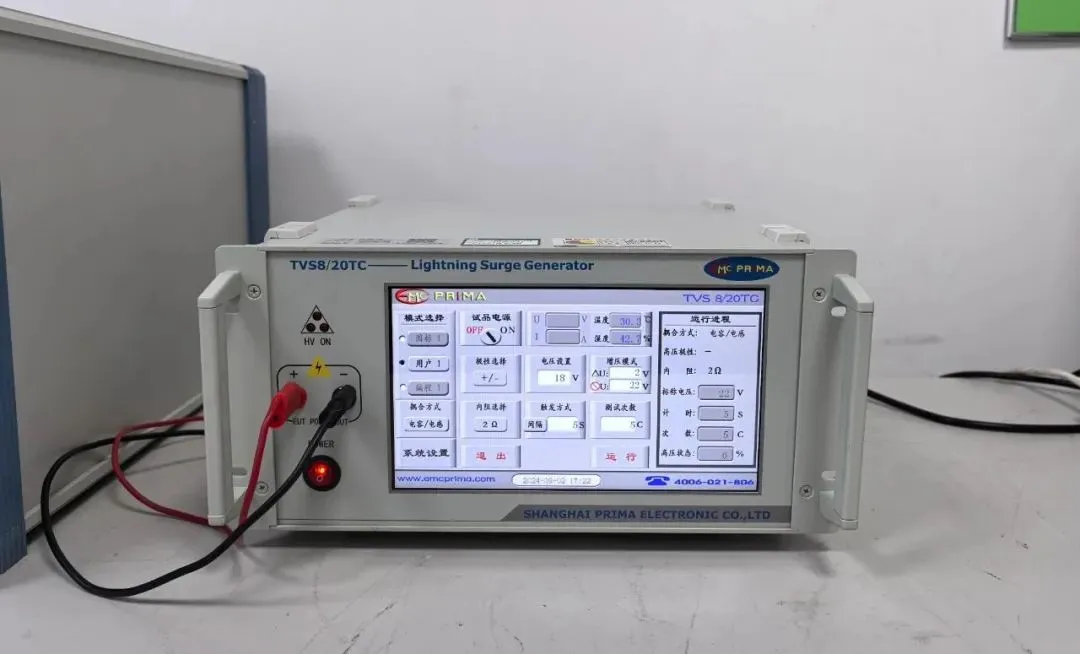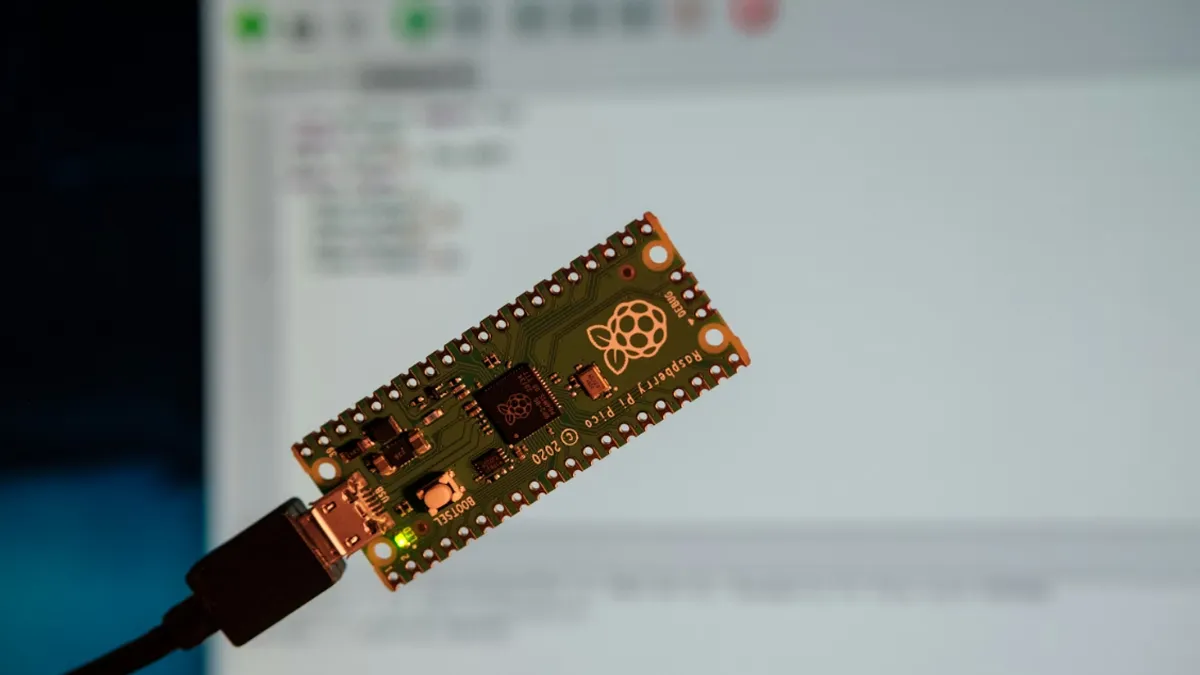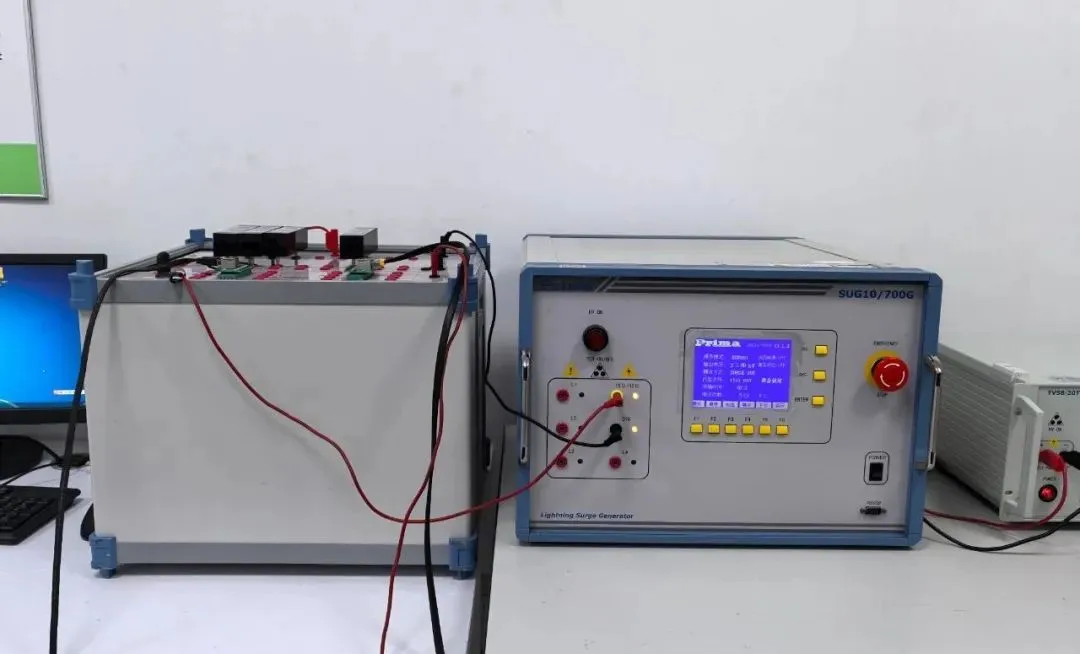
Lighting RCM Compliance Certification
In the Australian lighting market, rcm certificationis the essential “entry pass” for legal product circULation. Many lighting manufacturers, unfamiliar with the certification process, either delay their product launches or have their applications rejected due to incomplete documentation—missing valuable market opportunities.
As a mandatory certification markfor the Australian and New Zealand markets, the RCM (Regulatory Compliance Mark)integrates multiple compliance requirements, including electrical safety and electromagnetic compatibility. It directly determines whether a product can successfully clear customs and be sold on shelves.
This guide provides a comprehensive overview of the RCM certification process for lighting products, along with practical tips and pitfalls to avoid, helping you obtain certification efficiently.

Fundamentals of Lighting RCM Certification
(1) Nature and Scope of Certification
RCM certification is not a single certificate issued by one authority. Instead, it is a comprehensive markindicating that the product complies with relevant Australian regulations and standards, covering key aspects such as:
- Electrical safety(SAA-related requirements)
- Electromagnetic compatibility (EMC)
It applies to almost all lighting productsentering the Australian market, including:
- Indoor lighting (ceiling lights, desk lamps)
- Outdoor lighting (streetlights, garden lights)
- Special lighting (stage lights, emergency lamps)
Whether imported or locally manufactuRED, all products must be certified and labeled with the rcm mark.
(2) Core Standards and Key Requirements
Electrical Safety Standards:
The AS/NZS 60598 seriesis the core safety standard for lighting products. It specifies detailed requirements for design structure, insulation, electric shock protection, heat resistance, and flame retardancy.
- Outdoor lights must meet higher IP (Ingress Protection)levels for waterproof and dustproof performance.
- Emergency lights must undergo emergency start and duration tests.
Electromagnetic Compatibility (EMC) Standards:
The AS/NZS CISPR 15standard limits electromagnetic emissions from lighting equipment to prevent interference with other electronic devices (e.g., TVs, radios). It also requires sufficient immunity to ensure proper operation under typical electromagnetic environments.
Special Requirements:
Certain lighting products may need to meet additional standards:
- Dimmable lightsrequire dimming compatibility testing.
- LED lightsmust comply with energy efficiency regulationsapplicable in Australia.
Lighting RCM Certification Process
(1) Step 1: Product Definition and Standard Confirmation
Identify your product’s type, application, and key parameters(power, voltage, IP rating, functionality, etc.). Cross-check these with Australian standards to determine all applicable requirements.
Tip:Work with a professional testing laboratory to confirm standards early.
For example, one company overlooked LED energy efficiency testing, resulting in a two-week delayfor additional testing after basic certification.
(2) Step 2: Sample Preparation and Documentation Submission
Sample Requirements:
Prepare 2–3 complete production-standard samplesidentical in structure and materials to the final product. No “custom samples” are allowed.
If multiple models exist, select representative samples for main testing and apply for series certificationfor the rest.
Documentation Required:
- Product manual (including English version with safety warnings and installation instructions)
- Circuit diagram
- BOM (Bill of Materials) with supplier details for key components
- Component certificates (e.g., LED chips, power drivers)
- Factory profile and production details
(3) Step 3: Selecting a Qualified Testing Laboratory
Choose a CNAS-accreditedand Australia-recognizedtesting laboratory.
Labs with extensive RCM experience not only ensure valid test results but can also provide compliance consulting.
Avoid unqualified “small workshops.”Reports from such facilities are often not acceptedby Australian regulators, causing certification failure.
(4) Step 4: Testing and Rectification
Testing includes:
- Electrical Safety Tests:insulation resistance, dielectric strength, temperature rise, etc.
- EMC Tests:radiated emissions, ESD immunity, and more.
A detailed test reportwill be issued.
If the product fails, make improvements based on the lab’s recommendations—e.g., redesign circuits, upgrade flame-retardant materials—and resubmit for re-testing.
Example: A streetlight manufacturer failed waterproof testing; after redesigning the seal structure, the product passed successfully.
(5) Step 5: Registration and Mark Application
Once testing is passed, two steps are required:
1. Submit reports and documentationto the Australian electrical safety authority for record filing.
2. Apply for RCM mark authorizationthrough recognized registration bodies (e.g., SAA-approved platforms).
After approval, the manufacturer signs a Declaration of Conformity, ensuring ongoing compliance.
(6) Step 6: Certificate Issuance and Mark Labeling
After successful registration and approval, you’ll receive a certification confirmation (sometimes a record confirmation file).
Your products are now eligible for sale in the Australian market.
When labeling the RCM mark:
- Ensure visibility and permanence (e.g., on the housing or base).
- Minimum mark size: 5 mm.
- Optionally include the testing organization ID and registration number.
Common Pitfalls to Avoid
(1) Misconception 1: “saa certification = RCM Certification”
Incorrect.
SAA focuses on electrical safety, while RCM encompasses both safety and EMC requirements. Passing SAA alone does notqualify for RCM certification—you must also complete emc testing and registration.
(2) Misconception 2: Ignoring Certification Updates After Product Changes
If key components (e.g., LED drivers or chips) or design structures change, you must apply for update testingand amend certification records.
Example: A company replaced its driver with a cheaper version without re-certification. During market inspection, their product was declared non-compliantand removed from shelves.
(3) Misconception 3: Delaying Certification and Missing Market Windows
The typical RCM certification timeline is 4–6 weeks.
If rectification is needed, it can take longer.
Recommendation: Begin certification preparation during the product development phaseto avoid missing seasonal sales opportunities.
Conclusion: Compliance Is the Core Competitiveness in the Australian Lighting Market
For lighting manufacturers, RCM certificationis not only a legal requirementbut also a mark of quality assurance.
In Australia’s strict regulatory environment, compliant products significantly reduce the risk of customs detention, fines, and recalls—while boosting consumer confidence and brand credibility.
Best Practice:
Control every detail of the certification process and partner with professional laboratories for technical support to eliminate compliance risks from the source.
If you encounter challenges during your lighting RCM certification — such as standards interpretation, sample preparation, or test rectification— feel free to contact us.
We’ll provide tailored solutionsto help your products enter the Australian market smoothly and successfully!
Email:hello@jjrlab.com
Write your message here and send it to us
 EMC Pre-Compliance Testing UK
EMC Pre-Compliance Testing UK
 EMC Compliance Testing Australia
EMC Compliance Testing Australia
 Electrical Compliance Testing NZ
Electrical Compliance Testing NZ
 Compliance Testing for Children's Clothing
Compliance Testing for Children's Clothing
 Amazon Product Compliance Testing
Amazon Product Compliance Testing
 What is RCM Compliance Testing?
What is RCM Compliance Testing?
 Electric Toy EN 62115 & EN 71 Testing
Electric Toy EN 62115 & EN 71 Testing
 What are ASTM F963 and CPSIA?
What are ASTM F963 and CPSIA?
Leave us a message
24-hour online customer service at any time to respond, so that you worry!




